Let’s get a quick overview of how you can choose between different AWS Databases. How do you choose RDS vs DynamoDB vs Redshift?
You will learn
- What are the different types of databases?
- How can you choose the right AWS database for your scenario?
- What are the differences between RDS vs DynamoDB vs Redshift?
- When do you use RDS vs DynamoDB vs Redshift?
Database Categories
![]()
![]()
![]()
![]()
- There are several categories of databases:
- Relational (OLTP and OLAP), Document, Key Value, Graph, In Memory among others
- Choosing type of database for your use case is not easy. A few factors:
- Do you want a fixed schema?
- Do you want flexibility in defining and changing your schema? (schemaless)
- What level of transaction properties do you need? (atomicity and consistency)
- What kind of latency do you want? (seconds, milliseconds or microseconds)
- How many transactions do you expect? (hundreds or thousands or millions of transactions per second)
- How much data will be stored? (MBs or GBs or TBs or PBs)
- and a lot more…
- Do you want a fixed schema?
Relational Databases
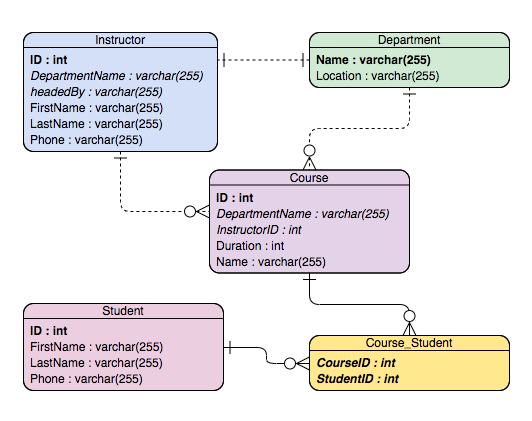
- This was the only option until a decade back!
- Most popular (or unpopular) type of databases
- Predefined schema with tables and relationships
- Very strong transactional capabilities
- Used for
- OLTP (Online Transaction Processing) use cases and
- OLAP (Online Analytics Processing) use cases
Relational Database - OLTP (Online Transaction Processing)
![]()
- Applications where large number of users make large number of small transactions
- small data reads, updates and deletes
- Use cases:
- Most traditional applications, ERP, CRM, e-commerce, banking applications
- Popular databases:
- MySQL, Oracle, SQL Server etc
- Recommended AWS Managed Service:
- Amazon RDS
- Supports Amazon Aurora, PostgreSQL, MySQL, MariaDB (Enhanced MySQL), Oracle Database, and SQL Server
Relational Database - OLAP (Online Analytics Processing)
![]()
- Applications allowing users to analyze petabytes of data
- Examples : Reporting applications, Data ware houses, Business intelligence applications, Analytics systems
- Sample application : Decide insurance premiums analyzing data from last hundred years
- Data is consolidated from multiple (transactional) databases
- Recommended AWS Managed Service
- Amazon Redshift
- Petabyte-scale distributed data ware house based on PostgreSQL
Relational Databases - OLAP vs OLTP
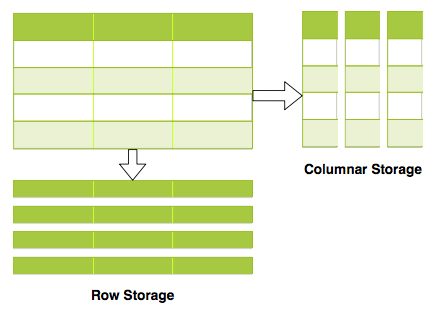
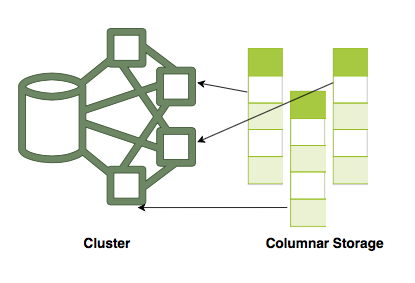
- OLAP and OLTP use similar data structures
- BUT very different approach in how data is stored
- OLTP databases use row storage
- Each table row is stored together
- Efficient for processing small transactions
- OLAP databases use columnar storage
- Each table column is stored together
- High compression - store petabytes of data efficiently
- Distribute data - one table in multiple cluster nodes
- Execute single query across multiple nodes - Complex queries can be executed efficiently
Document Database
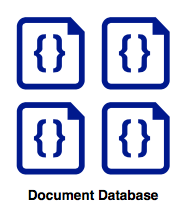
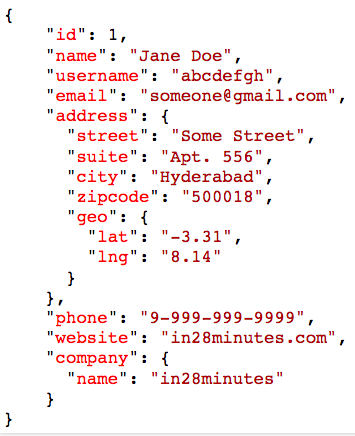
- Structure data the way your application needs it
- Create one table instead of dozens!
- Quickly evolving semi structured data (schema-less)
- Use cases : Content management, catalogs, user profiles
- Advantages : (Horizontally) Scalable to terabytes of data with millisecond responses upto millions of transactions per second
- Recommended AWS Managed Service
- Amazon DynamoDB
Key-value
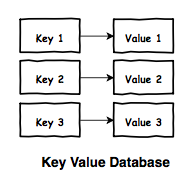

- Use a simple key-value pair to store data. Key is a unique identifier.
- Values can be objects, compound objects or simple data values
- Advantages : (Horizontally) Scalable to terabytes of data with millisecond responses upto millions of transactions per second
- Recommended AWS Managed Service - Amazon DynamoDB again
- Use cases : shopping carts, session stores, gaming applications and very high traffic web apps
Graph

- Store and navigate data with complex relationships
- Use cases : Social Networking Data (Twitter, Facebook), Fraud Detection
- Recommended AWS Managed Service - Amazon Neptune
In-memory Databases
![]()
- Retrieving data from memory is much faster from retrieving data from disk
- In-memory databases like Redis deliver microsecond latency by storing persistent data in memory
- Recommended AWS Managed Service
- Amazon ElastiCache
- Supports Redis and Memcached
- Redis is recommended for persistent data
- Memcached is recommended for simple caches
- Use cases : Caching, session management, gaming leader boards, geospatial applications
AWS Databases - Summary
| Database Type | AWS Service | Description |
|---|---|---|
| Relational OLTP databases | Amazon RDS | Row storage Transactional usecases needing predefined schema and very strong transactional capabilities |
| Relational OLAP databases | Amazon Redshift | Columnar storage Reporting, analytics & intelligence apps needing predefined schema |
| Document & Key Databases | Amazon DynamoDB | Apps needing quickly evolving semi structured data (schema-less) Scale to terabytes of data with millisecond responses upto millions of TPS Content management, catalogs, user profiles, shopping carts, session stores and gaming applications |
| Graph Databases | Amazon Neptune | Store and navigate data with complex relationships Social Networking Data (Twitter, Facebook), Fraud Detection |
| In memory databases/caches | Amazon ElastiCache | Applications needing microsecond responses Redis - persistent data Memcached - simple caches |
AWS Databases - Interview and Certification Questions
| Scenario | Solution |
|---|---|
| A start up with quickly evolving tables | DynamoDB |
| Transaction application needing to process million transactions per second | DynamoDB |
| Very high consistency of data is needed while processing thousands of transactions per second | RDS |
| Cache data from database for a web application | Amazon ElastiCache |
| Relational database for analytics processing of petabytes of data | Amazon Redshift |